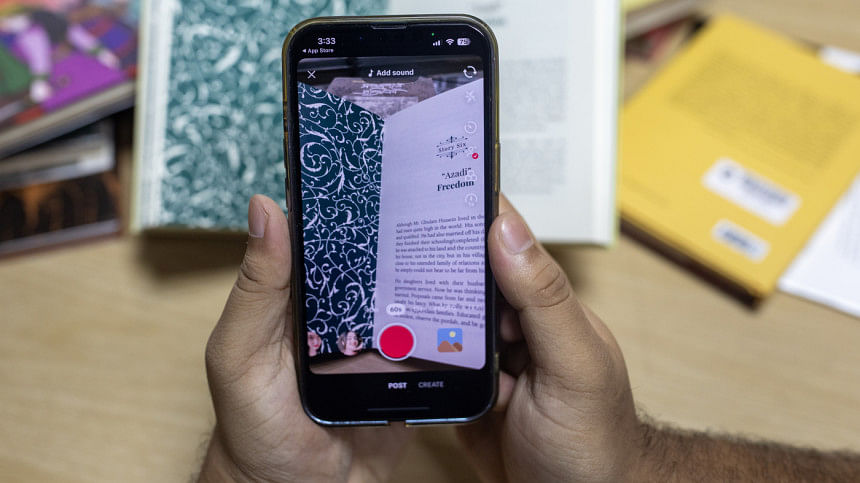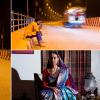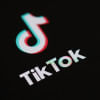The growing chasm of BookTok

Although there had been a readers' community on YouTube and Goodreads, where people from all across the globe reviewed and shared recommendations of all types of genres of books, it did not garner nearly as much attention as the community on TikTok, otherwise known as BookTok. What worked for the community was its short videos, which created a fast-growing forum where readers and writers came together to connect over the shared love of books.
Not only did BookTok captivate readers to pick up titles based on the short videos but it also played a significant role in reviving the publishing industry, which had been witnessing a steady decline with fewer book sales. Readers found renewed interest in each content that they consumed, while many others continued to join the community. With a new flock of readers to cater to, authors were also compelled to write and publish new works.
During its early rise, BookTok had positively influenced both readers and writers alike – quantified through millions of views, trendy challenges, visually appealing montages, reviews, and recommendations. However, like all chapters, no matter how beloved, the glory days of BookTok too, is beginning to come to an end.
Despite its soaring success, criticism from critics has been levied against the sub-community – with many accusing it of enabling overconsumption, promoting anti-intellectualism, and normalising problematic tropes.
The influx of content featuring beautifully illustrated book covers that particularly cater to the visual aspect has led many to buy books exclusively for aesthetics. As a result, more books with eye-catching covers have been printed and sold compared to simple or "mundane" ones, inciting a performative reading culture.
The impact that BookTok has had in rejuvenating the industry is undeniable. Nonetheless, it has adversely skewed the market by heavily promoting a narrow range of genres, especially to a younger audience. For instance, young adult (YA) books exploring mature themes featuring content that may not be age-appropriate are falsely advertised to an underage audience.
Additionally, books with explicit themes are marketed under the broad label of romance. While young readers may not be the target audience for these books, it still remains accessible to them. The increasing demand and popularity for this particular genre itself isn't the issue. Rather, it is the fact that some writers tend to weave in themes of trauma, violence or abuse through a romanticised lens. This is not only a gross misrepresentation but also deeply harmful to impressionable young readers.
Some writers have incorporated such attributes out of fear that refusal to conform will curtail their publication chances, while others followed suit more willingly. In fact, authors are pushed by publishing houses to keep generating these tired, clichéd dark romances, as they bring in most sales.
What used to be a space where readers could share individual ideas and opinions has now transformed into an echo chamber. Criticism or perspectives that differ from the general view are mostly dismissed, leading many to distance themselves from their once-cherished BookTok community. Moreover, the oversaturation of similar genres published and marketed reinforces the lack of diversity on the platform, which is yet another reason readers are taking a step back.
BookTok has also come under scrutiny because of the promotion of recycled tropes that deliver little literary depth. As a result, the consensus is that readers are not gaining any substantial value and are missing out on the enriching experience that literature is meant to offer. Change in the reading culture with time and age is inevitable. And literature should evolve and transform accordingly. However, it is not evolution if the changes actively take away from the wonders of reading.

 For all latest news, follow The Daily Star's Google News channel.
For all latest news, follow The Daily Star's Google News channel. 









Comments